China is a land of breathtaking scale and profound depth, offering a travel experience that is as diverse as it is unforgettable. From the ancient echo of marching boots on the Great Wall to the serene beauty of a mist-shrouded limestone peak, the country presents a tapestry of landscapes and history that can captivate any traveler. Planning a journey here might seem daunting, but by focusing on its scenic highlights, you can craft an itinerary that reveals the very soul of this magnificent country.
Let's begin our exploration with what is arguably the world's most iconic man-made structure. The Great Wall of China is not a single continuous line, but a series of fortifications snaking across the northern border. While the restored sections near Beijing are popular for a reason, choosing the right spot is key to your experience.
The Badaling section is the most famous and consequently the most crowded. It offers excellent restoration and stunning, panoramic views, making it a good choice for those with limited mobility or time. For a more balanced visit, consider Mutianyu. It is also restored but generally less crowded, and the option to take a cable car up and a thrilling toboggan ride down adds a fun element. If you're seeking a more rugged and authentic adventure, the Jiankou section is for you. It is largely wild and unreconstructed, with steep, crumbling paths and breathtaking, raw scenery. This is for the physically fit and should only be attempted with a guide.
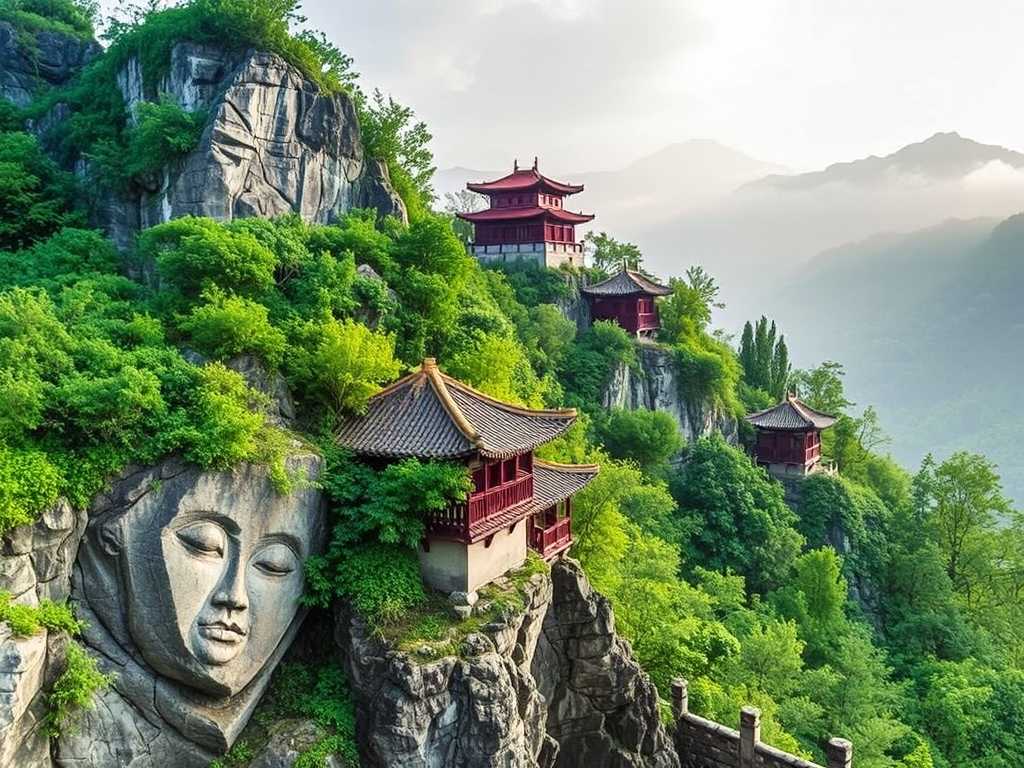
No matter which section you choose, wear sturdy shoes with good grip. The steps are uneven and often steep. Start your day as early as possible to avoid the largest tour groups. Walking the Wall is a physical endeavor, but the feeling of standing on this ancient marvel, tracing the mountains with your eyes, is a moment that will stay with you forever.
From the mountainous north, we journey south to the otherworldly landscape of Guilin and Yangshuo. This is the China of classical brush paintings, where serene rivers weave through a fantasy of karst peaks. The best way to absorb this beauty is on a Li River cruise from Guilin to Yangshuo. As you drift down the tranquil water, you'll witness water buffalo grazing on the banks and fishermen using trained cormorants, a scene that has remained unchanged for centuries. The highlight is passing the view depicted on the back of the 20 RMB note.
Once in Yangshuo, the pace slows down. Rent a bicycle and explore the countryside paths that meander through rice paddies and past the dramatic karst formations. For a truly unique perspective, take a bamboo raft down the Yulong River, a quieter and more intimate tributary. In the evening, witness the Impression Liu Sanjie light show, a spectacular outdoor performance set on the Li River itself, with the karst peaks serving as a natural backdrop.
This region is a haven for active travelers and those seeking a peaceful retreat from China's bustling megacities. The air is fresh, the scenery is soothing, and the local culture is deeply connected to this beautiful land.
For a complete contrast, we venture west to the heart of the ancient Silk Road. The province of Gansu holds some of China's most dramatic and historically significant treasures. The centerpiece is the Mogao Caves, also known as the Caves of a Thousand Buddhas, near the city of Dunhuang. This is a living museum of Buddhist art, with hundreds of caves carved into a cliff face, containing exquisite statues and murals that span a millennium. The level of preservation and the artistic detail is simply staggering. Remember to book your tickets well in advance, as access is limited to protect the fragile artworks.
Just south of Dunhuang lies one of China's most photogenic phenomena: the Mingsha Sand Dunes. These towering golden dunes sing and hum when the wind blows. You can climb to the top for a magnificent sunset, slide down the slopes on a sandboard, or take a camel ride across the rolling hills, feeling like a true Silk Road merchant from centuries past.
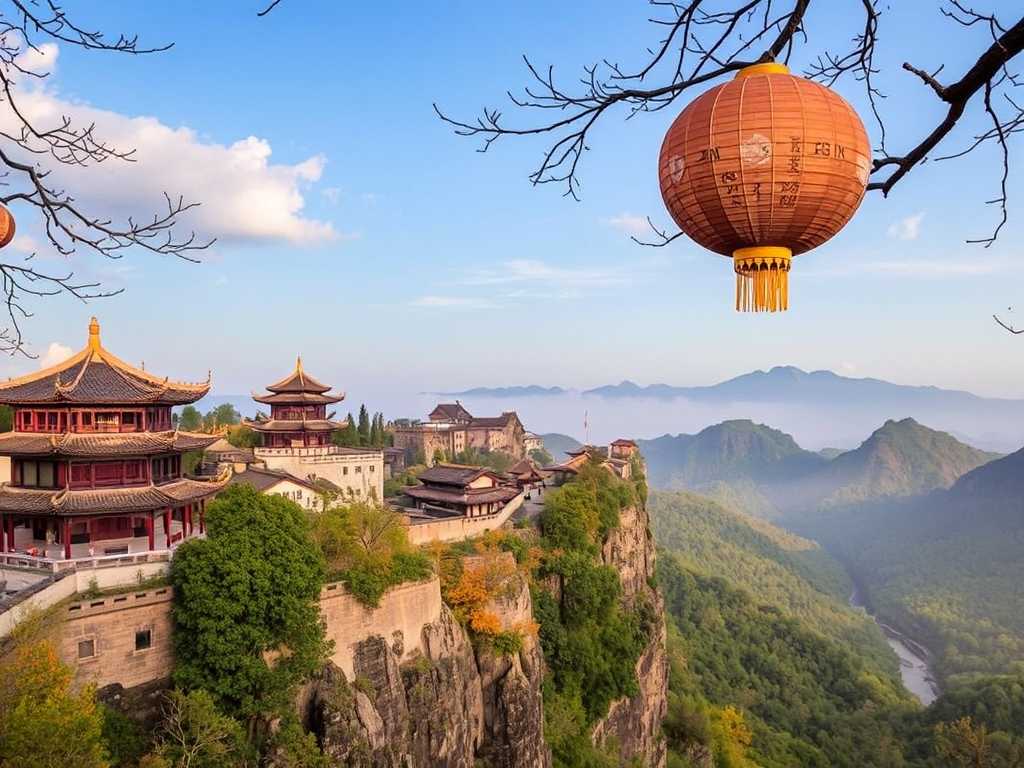
Further east in Gansu is the Zhangye Danxia Landform Geological Park. This is often called the "Rainbow Mountains," and for good reason. The hills here are striped with vibrant layers of red, yellow, blue, and green, a breathtaking natural canvas created by mineral deposits over 24 million years. The best time to visit is at sunrise or sunset when the low angle of the sun intensifies the colors to an almost surreal glow.
Our journey through China's scenic wonders would not be complete without acknowledging its immense and varied wildlife. For an unforgettable encounter, the Chengdu Research Base of Giant Panda Breeding is a must-visit. This facility is dedicated to the conservation and breeding of these beloved black-and-white ambassadors. Watching the pandas munch on bamboo, playfully tumble, and lounge in their enclosures is a heartwarming experience. Go early in the morning when the pandas are most active.
Beyond the pandas, China's vast territory is home to elusive snow leopards in the Himalayas, the graceful black-necked cranes of the Tibetan Plateau, and the ancient Yangtze alligator. Visiting nature reserves and national parks supports these crucial conservation efforts.
To truly immerse yourself in natural grandeur, look to Tibet. The journey to Mount Everest Base Camp on the Tibetan side offers unparalleled views of the world's highest peak. The stark, high-altitude landscape is both challenging and profoundly spiritual. Similarly, a visit to Qinghai Lake, China's largest saline lake, presents a scene of stunning blue water set against rolling grasslands and distant snow-capped mountains.
For hikers and nature purists, Tiger Leaping Gorge in Yunnan province offers one of the world's most spectacular treks. The path clings to the side of the gorge, carved by the powerful Jinsha River, with the snow-capped peaks of the Jade Dragon Snow Mountain range towering overhead. This multi-day hike is demanding but rewards you with some of the most dramatic scenery on the planet.
When planning your tour of China's scenic highlights, a little preparation goes a long way. The vast distances mean that domestic flights or high-speed trains are your best friends. Book these in advance, especially during national holidays. China requires most tourists to obtain a visa, so be sure to check the requirements and apply with plenty of lead time.
While major cities are increasingly English-friendly, having a translation app on your phone is invaluable in more remote scenic areas. Embrace the local cuisine – each region boasts its own unique flavors, from the spicy dishes of Sichuan to the delicate dim sum of the south.
Finally, be mindful of the climate. Spring (April-May) and autumn (September-October) are generally the most pleasant times to visit, with mild temperatures and clear skies across most of the country. Summers can be hot and humid, while winters are cold and dry in the north.
A journey through China's scenic highlights is more than a vacation; it's an education and an adventure. It's the feeling of history beneath your feet on the Great Wall, the serenity of a Li River sunset, the awe of ancient art in the desert, and the joy of watching a panda in its home. By exploring these unmissable destinations, you don't just see China; you experience its heart, its soul, and its incredible, enduring beauty.


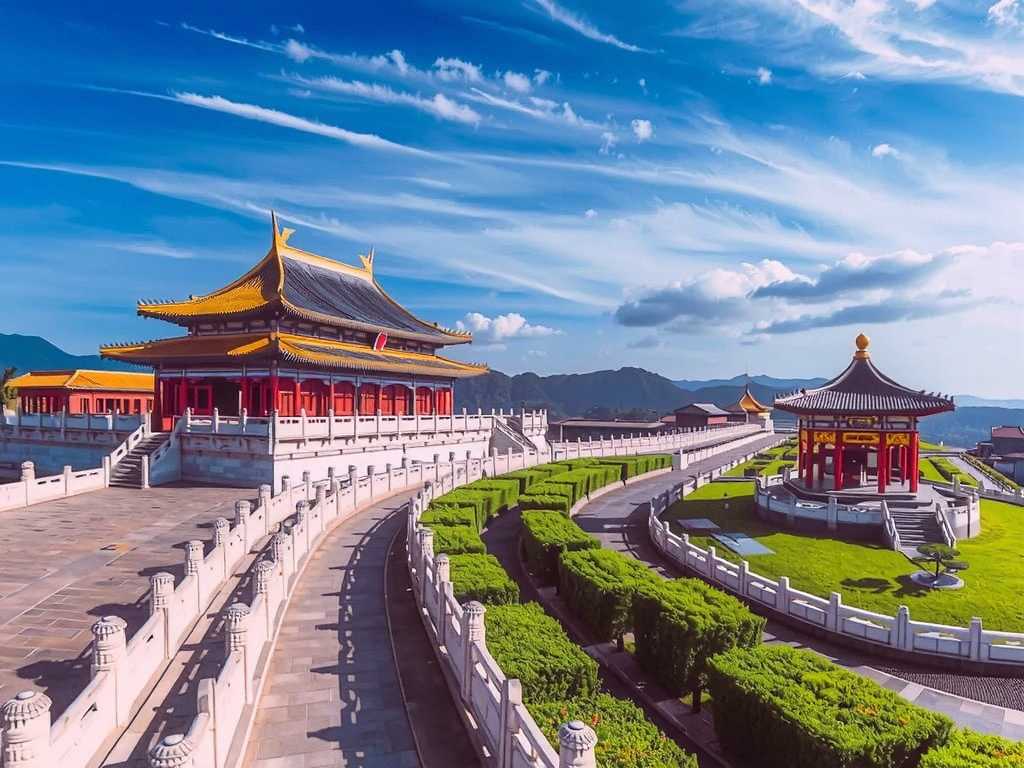
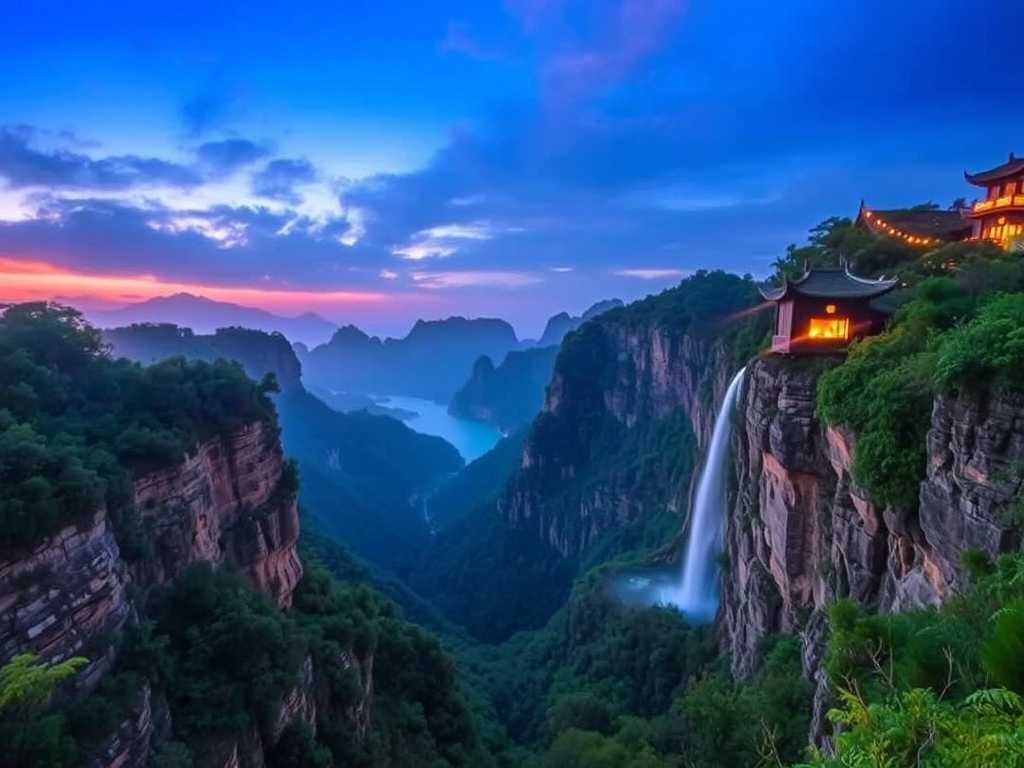
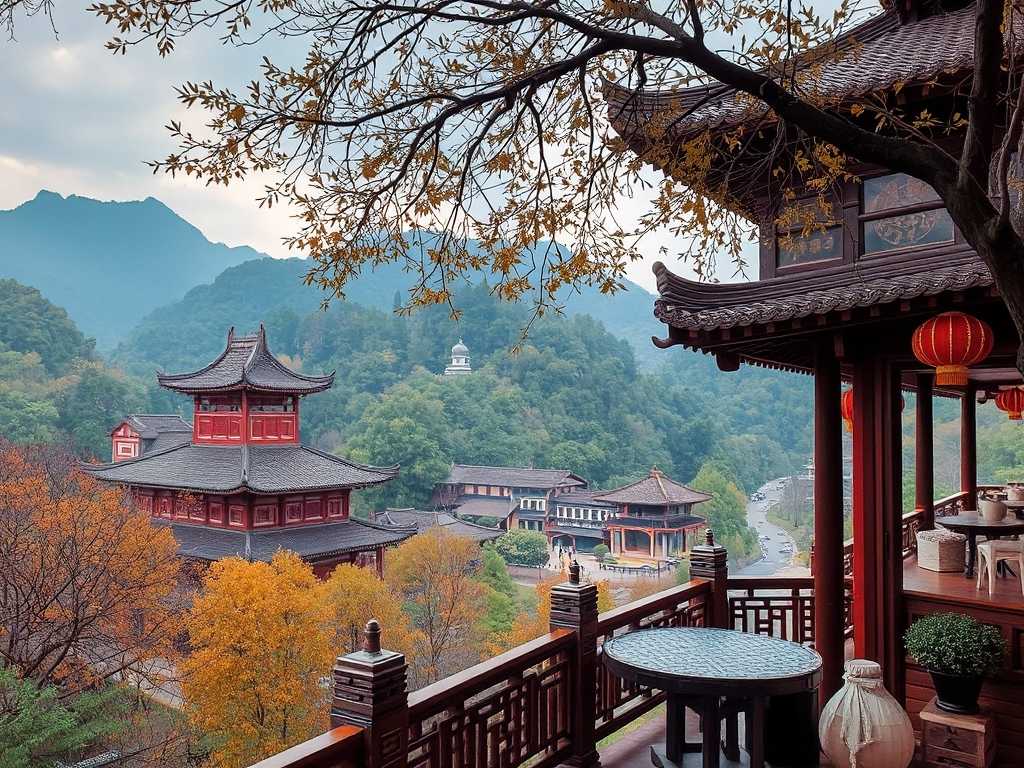
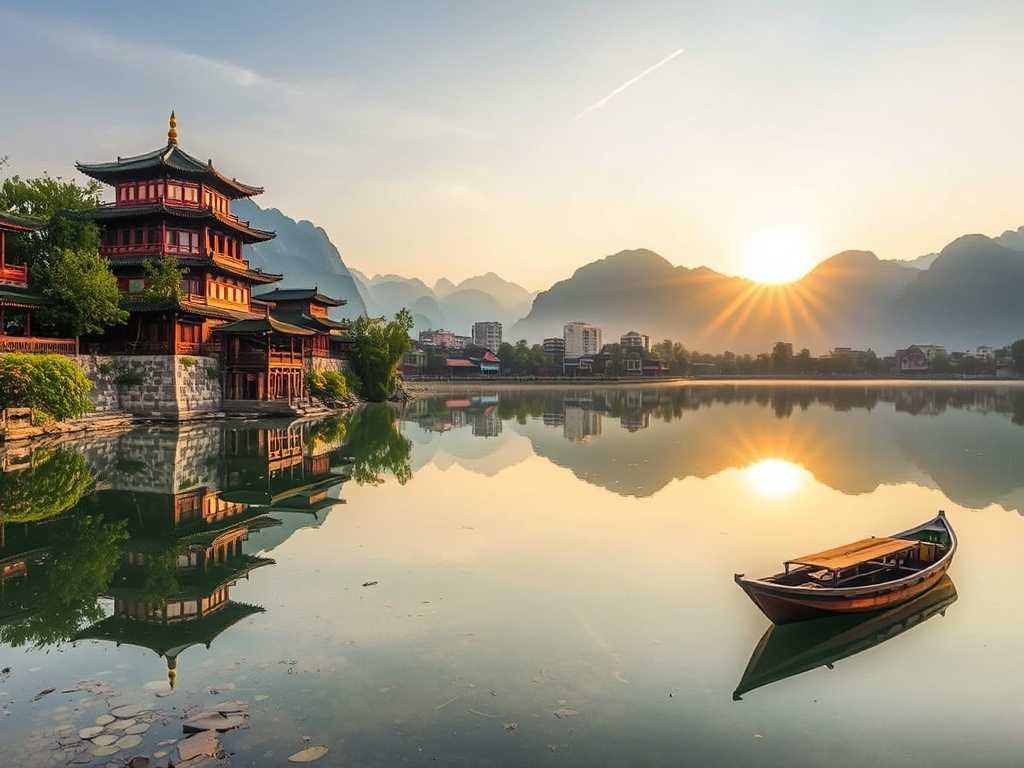
发表评论